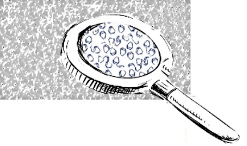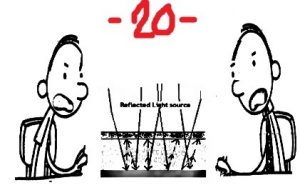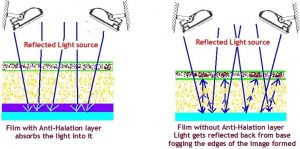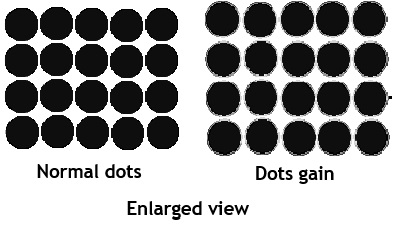
Guide to Printing Students- 20

-Few objective Questions and answers-

Written by : N.R. Jayaraman
Pre note:-
The articles are meant to help the students gain knowledge and effectively compete in the interviews and nothing else. Please note that these are not to be published by anyone for commercial purpose without the written permission from the author since the theme and illustrative examples have been compiled exclusively by the author for the benefit of the student community. THIS WILL BE PERIODICALLY PUBLISHED.
90) What is the difference between Photographic films and Process films?
The basic difference between the Photographic film and the Process Film which in their general term called Graphic Arts Film is their size and sensitivity speed in addition to the Cameras in which they are used. While the Photographic films are used on an Optical instrument called Camera to capture the moving and still objects, the Process Films are Graphic arts films used on bigger size still cameras called Process Cameras to capture reflected images from the illustrations and pictures loaded in the front frame with suitable light sources.
Film used for Photography and the film used for Process work are basically similar as they carry photo sensitive coated emulsion on them over a thin base of gelatin or plasticizer material as base material. The composition, structure and type of sensitive material coated on them are quite different but both have silver halide crystal group of material as one of the base material, microscopic in nature. The size and other characteristics of the crystals determine the sensitivity, contrast and resolution of the film.
The speed of the film in recording the image is also quite different for both as Process camera films are exposed for longer duration to capture the image while the Photographic film captures the images in less than a second.
91) What is the composition or structure of the process film?
The process film consists of the following:
- Cellulose or Acetate or Polyester, Easter or some other plasticizer material as base
- Anti-halation layer over it
- Sensitive coating layer over anti-halation layer
- Anti-scratch layer on top of the sensitive coating

92) What is the purpose of each component?
- The Cellulose or Acetate or Polyester or some plasticizer material base is the foundation of the film on which the sensitive coating of silver halide crystals are coated.
- The anti-scratch layer prevents the coating from getting scratched and ensure that the silver halides does not get removed from here and there wherever scratched during handling as the silver halides form the image on the film.
- The anti-halation is usually a coating between the light-sensitive emulsion and the base. The purpose is to prevent any light from being reflected back through the emulsion from the rear surface of the base, thus causing a halo-like effect around the edges of the image formed in the film. The light that pass through the film layer is absorbed by this layer. The anti-halation layer is rendered transparent or washed out during processing of the film.

















Recent Comments